Fishing line is an often-overlooked but essential piece of fishing gear. The wrong line can make your reel difficult to use or even break under the strain of a big fish. But with so many different types and brands of fishing lines on the market, how do you know which one is right for you?
The answer, of course, depends on several factors. What type of reel are you using? What's your budget? And, perhaps most importantly, what size of fish are you targeting? In this post, we'll help you answer all those questions and more as we explore the best fishing line for bass.
One of the first decisions you need to make when choosing a fishing line is whether to go with a monofilament or braided line. Both have their pros and cons, so it's important to understand the difference before making a decision.
Monofilament line is made from a single strand of material, typically nylon. It's relatively cheap and easy to find, and it's simple to tie knots in. However, monofilament line is also more likely to stretch under tension, which can make it difficult to set the hook on a bite.
Braided line is made from multiple strands of material that are braided together. It's stronger than monofiliment line and less likely to stretch, making it great for setting hooks. Braided lines also tend to be thinner than monofilaments lines of comparable strength, meaning they can hold more reel capacity without sacrificing strength. On the downside, braided lines can be more expensive.
So which type of line should you use for bass fishing? If you're just getting started, we recommend going with monofilament line. It's cheaper and easier to work with than a braided line, and it should be more than sufficient for most bass-fishing applications. However, if you're an experienced angler or if you're targeting larger bass, braided line may be a better option thanks to its superior strength and hook-setting ability.
In addition to monofilament and braided lines, there's also fluorocarbon line. Fluorocarbon lines are nearly invisible underwater thanks to their refractive index, making them ideal for spooky fish that are easily spooked by visible lines. They're also impervious to UV damage.
The downside to fluorocarbon lines is that they're typically more expensive than other types of fishing line—sometimes double or triple the price. So if you're just getting started in bass fishing, we recommend sticking with monofilament or braided lines until you have a better understanding of what kind of performance you need from your gear.
Here is the Top Selling Fishing Line For Bass on Amazon! Click the "Check Price On Amazon" button to purchase or get more info!





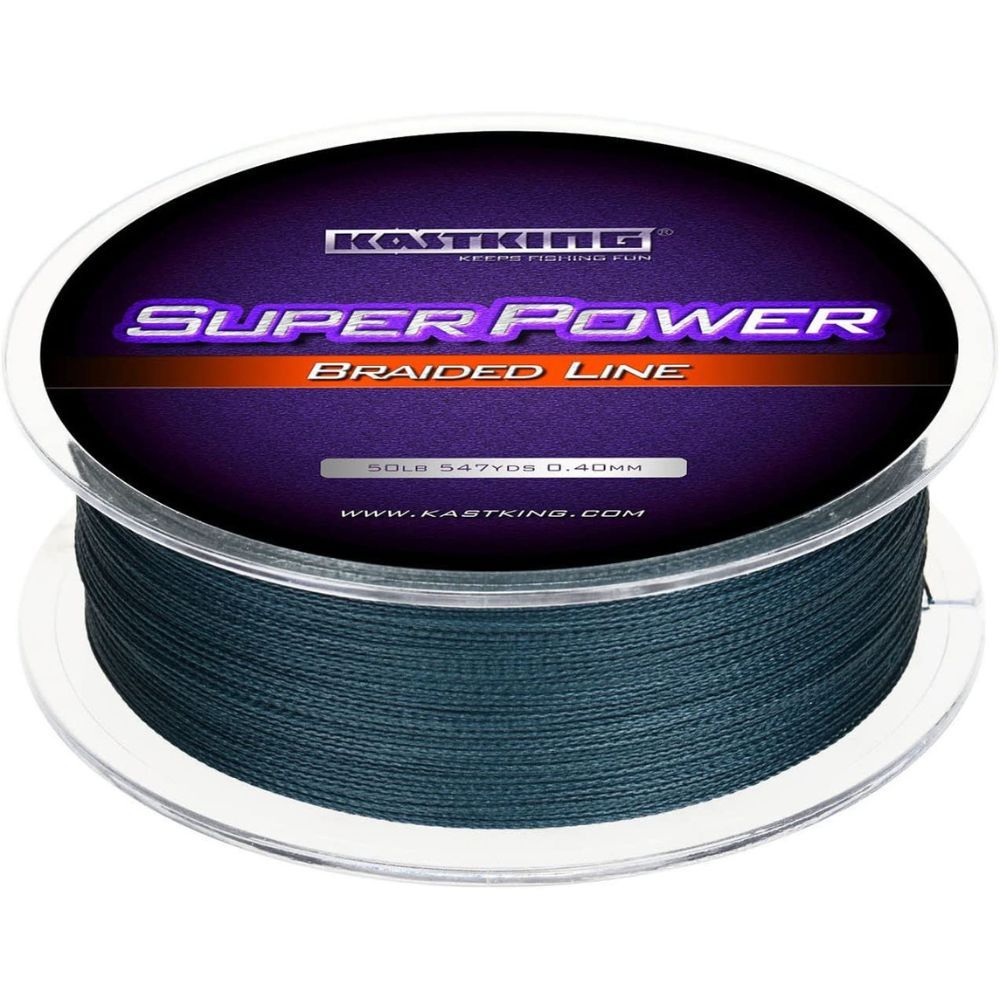
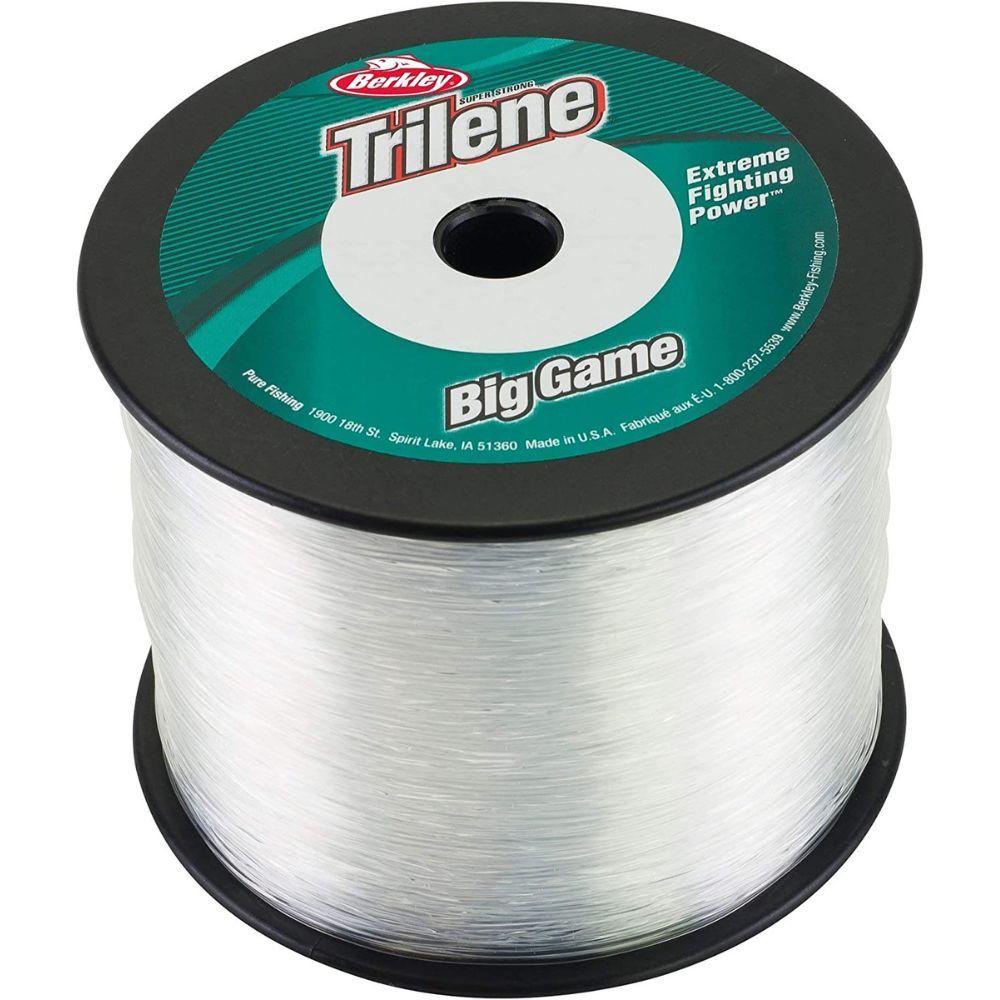
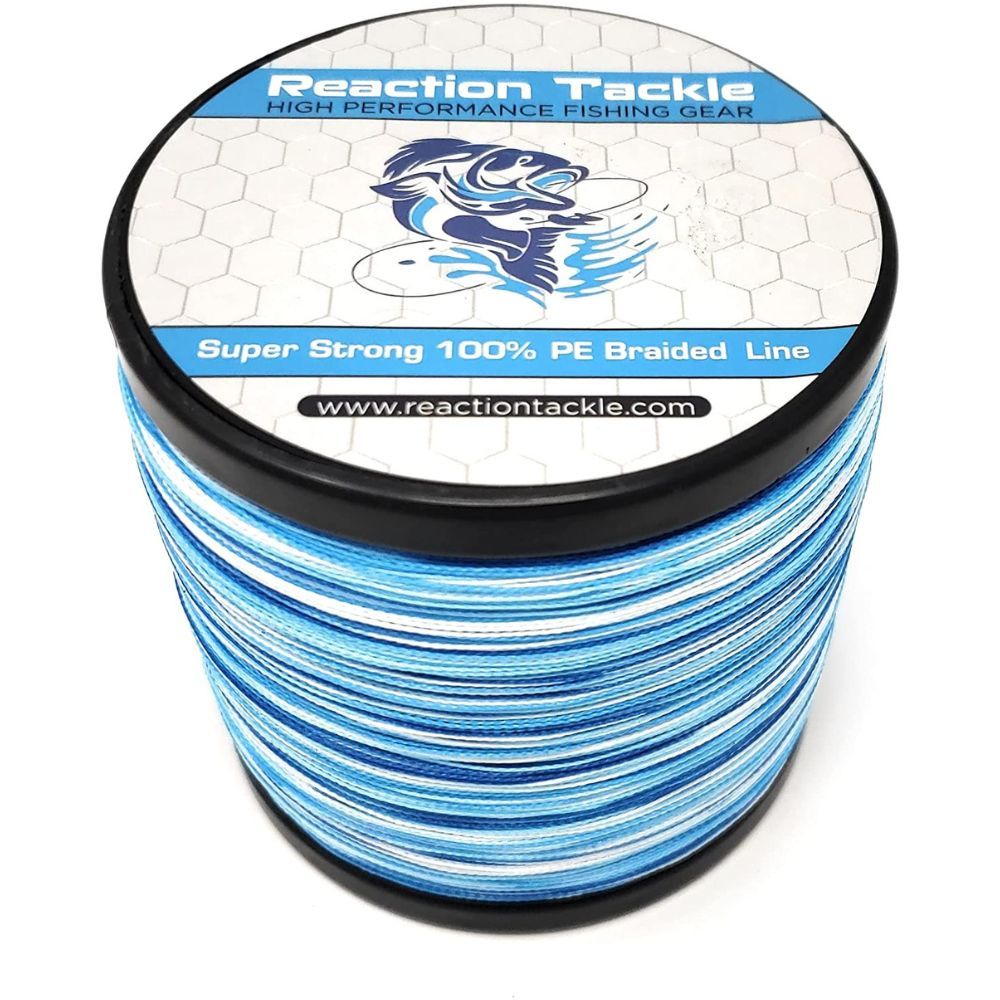
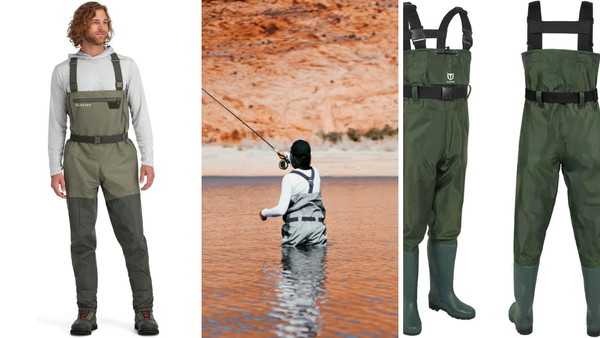



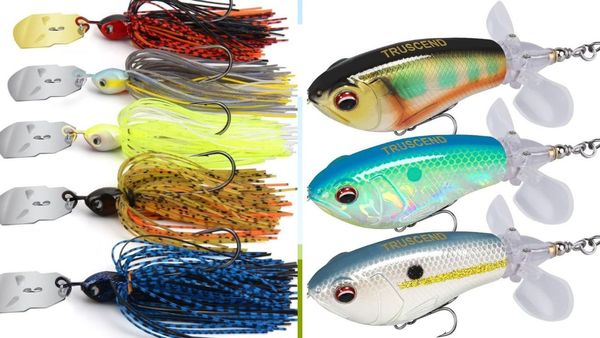
Member discussion